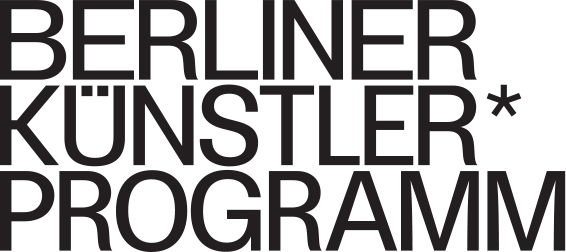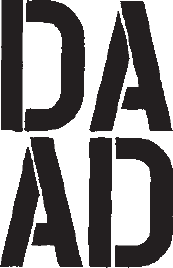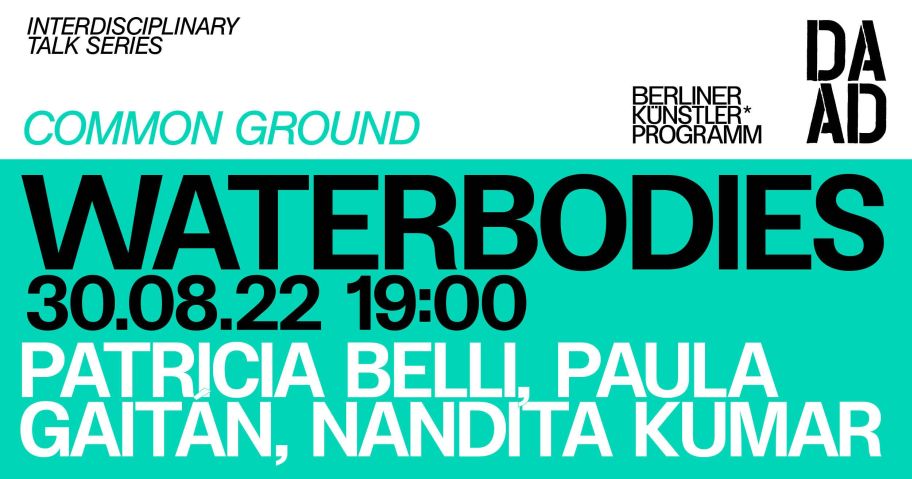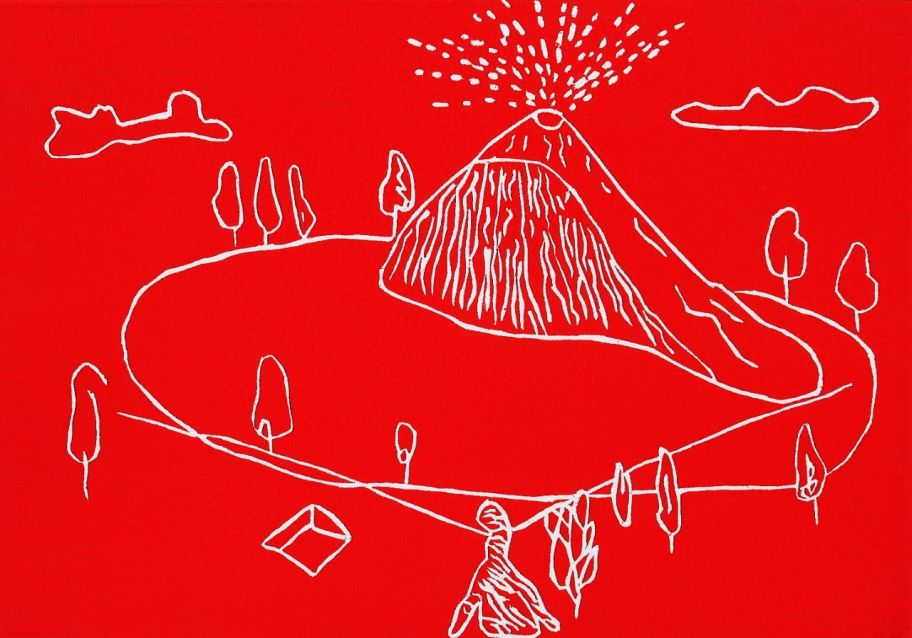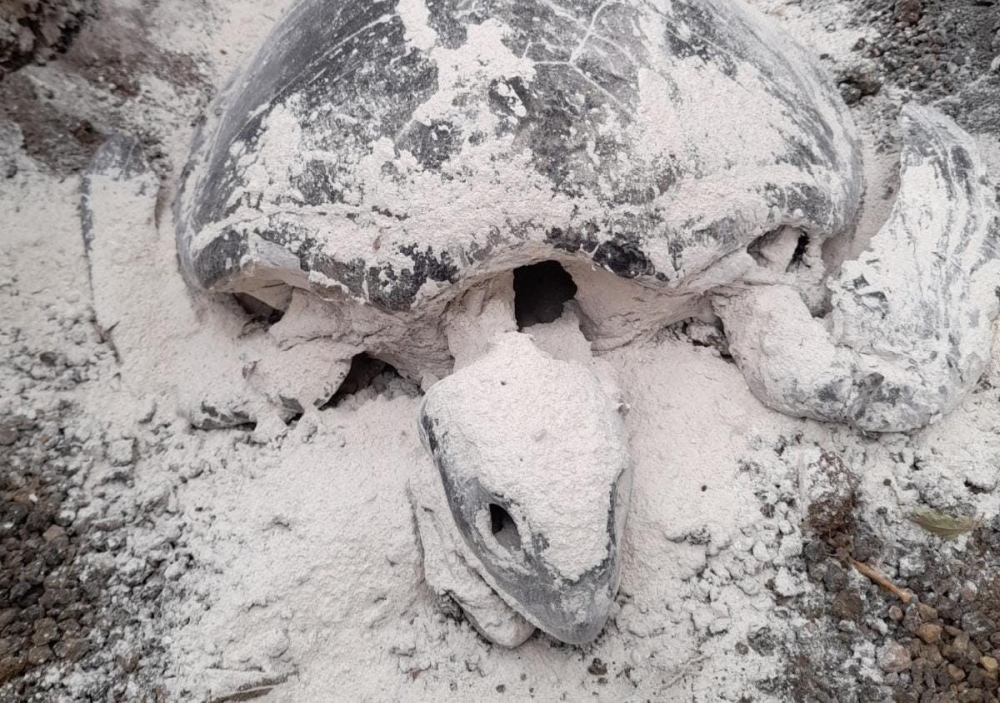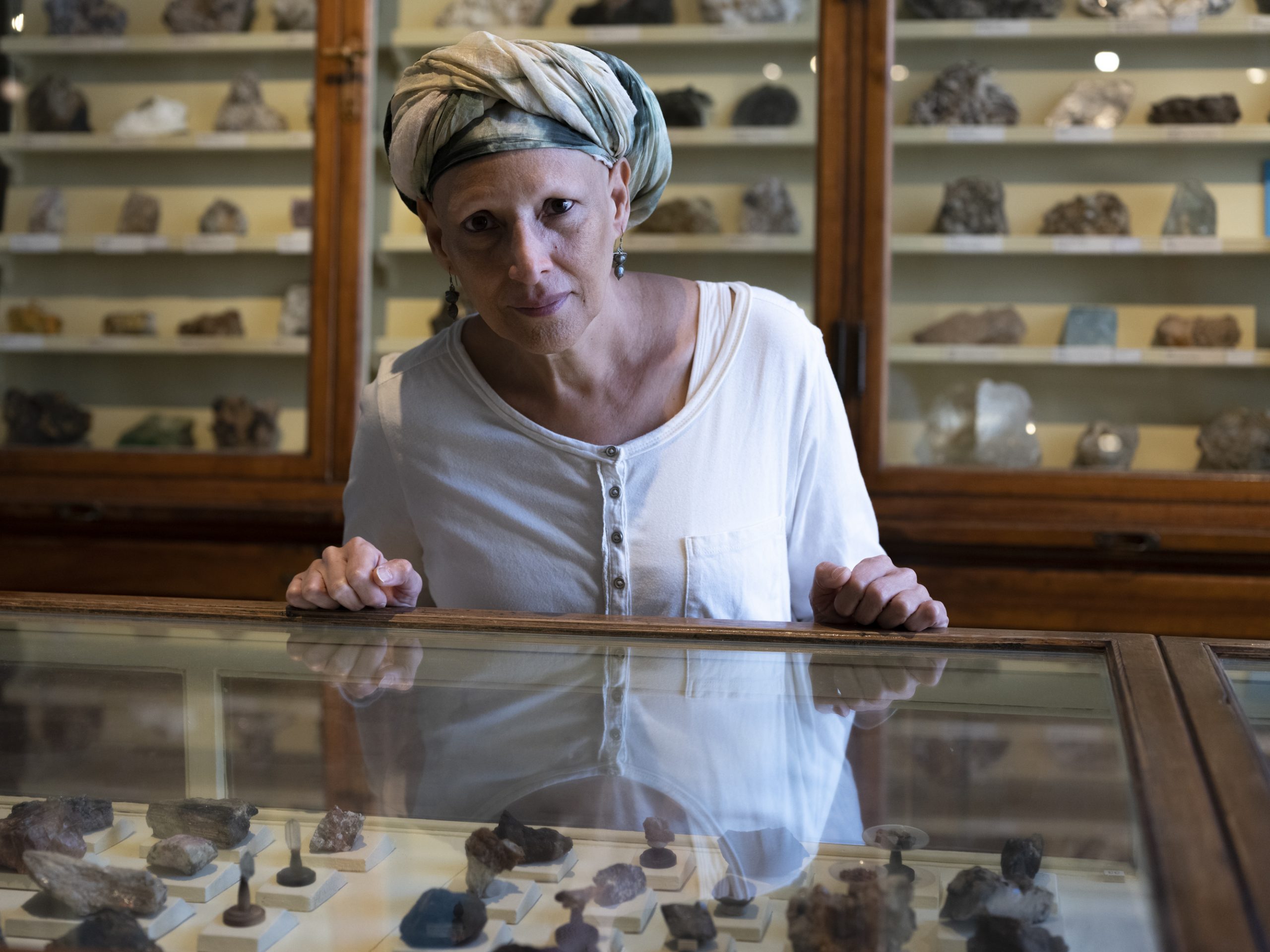Nicaragua, Visual Arts, 2022
Patricia
Belli
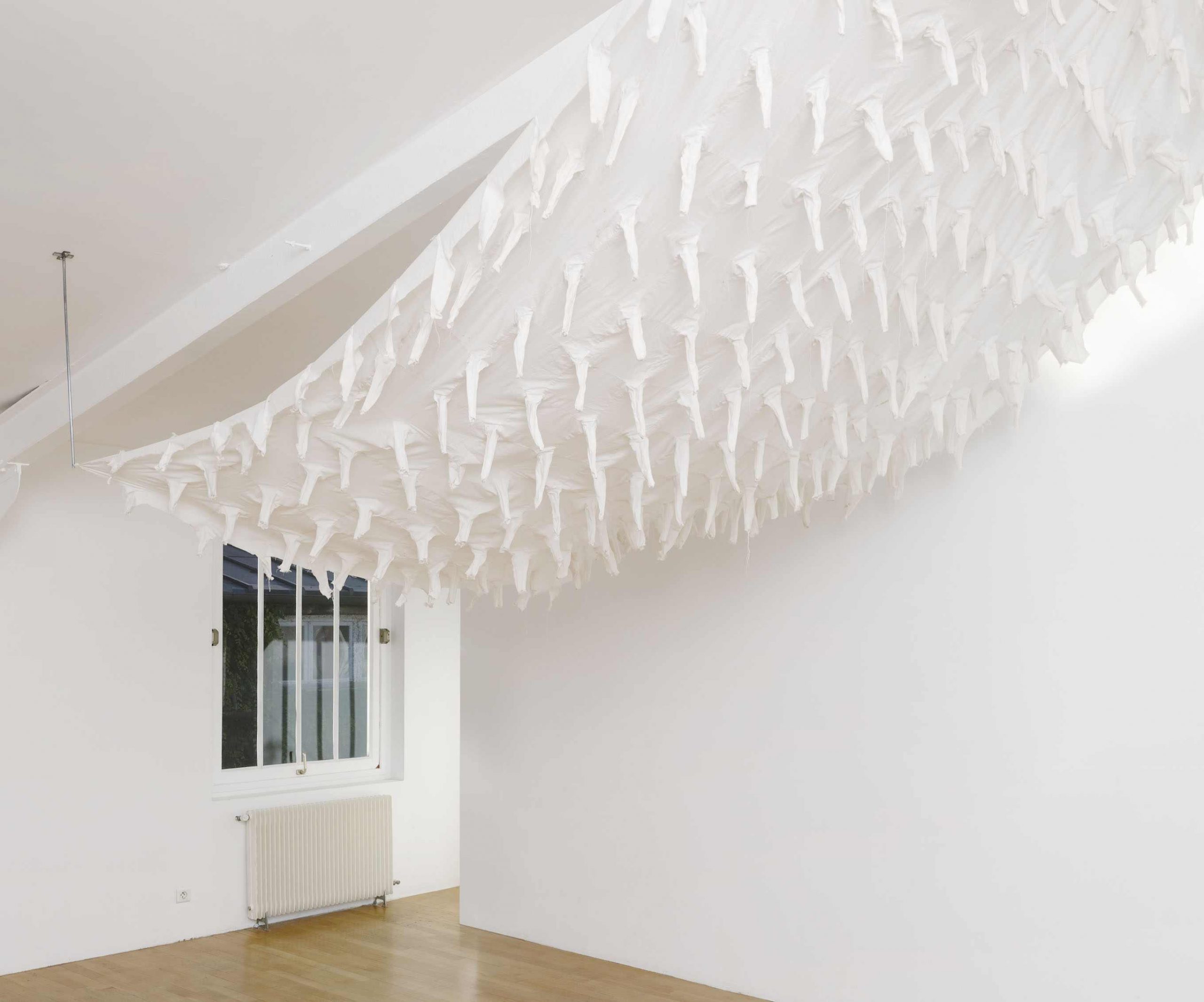
Working across a range of disciplines, Patricia Belli mobilizes fiber, everyday objects, and handcrafted media to explore the entanglement between bodies and systems, and the precarious balance that conditions them against structures of violence. Touching on themes related to gender, sexuality, and processes of transformation, her works bring to the surface a textural language that takes shape through affectual encounters that are rooted in a multiplicity of desires. Working with the body and lived experience as starting points, Belli recuperates somatic sensibilities as an archive of knowledge and site of articulation. Through sewing and other craft-based practices, she gives texture to that which is fragile, feminized, and otherwise precarious. By giving form to marginal bodies that are situated between local and global contexts, her practice materializes as a counter-poetics to heteropatriarchal systems.
Having studied in the United States during the peak of the U.S.-backed Contra Wars in Nicaragua, Belli returned to Managua in 1987 after graduating from Loyola University with a BFA in Fine Arts. In 1990, she formed part of an artist collective called ArteFacto – a briefly active yet critical group that challenged the status quo through experimental aesthetics rooted in cross-disciplinary and performance-based practices. With the support of a Fullbright scholarship, she received her MFA from the San Francisco Art Institute in 2001. That same year, Belli returned to Nicaragua and founded EspIRA (Space for Artistic Research and Reflection), an experimental and evolving pedagogical project rooted in collective dialogue and collaborative learning.
Stemming from an ethos of self-exploration and material inquiry, Belli’s early works explore feminized embodiment(s) through the gendered underpinnings of everyday objects. In works like Femalia (1996), she scrutinizes constructions of femininity against the sensual textures of women’s clothes. By sourcing thrifted garments imported from the United States, these works carry affectual residues that touch on the history and afterlife of the bodies that once wore them. In Contorsionista (Contortionist, 2001), she continues her somatic investigations by turning to domestic objects to create anthropomorphic structures that reveal conditions of constraint. Forming part of her larger installation, El Circo (The Circus, 2001), the work speaks to the “risk of circus spectacle and melancholy of circus life” produced by the hold of machismo (conversation with Patricia Belli, November 2021).
In her more contemporary works, the artist continues to build on themes of fragility and violence through installations that incite participation. In Porfiadas (Roly Poly Heads, 2015), three plaster heads are battered by the pendular swing of a bat that is activated by viewers, producing cycles of violence that speak to the precarious relationship between bodies and objects, and the slippage that occurs when bodies become objects that are battered under larger systems of oppression. Alongside these works, the artist continues to foreground textiles to explore how structures of violence and mechanical systems map onto mechanisms of the body, and nature more broadly. Such is the case in Cielo de Leche (Milk Sky, 2019), where a delicate white blanket with protrusions resembling udders hangs over the viewer like a sky with the promise of milk. Positioned just beyond reach, the work evokes a delicate yet menacing sensation that touches on the precarious veil that separates nurture from structural violence.
In El piso se mueve (The floor moves, 2020), made just last year, Belli constructs an interactive system on a circular platform that functions as a balance board. Always at the precipice of disequilibrium, the work exposes the ripples between history and the current moment; it evokes the tremors of the 1972 earthquake that nearly destroyed Managua and the aftershocks that continue to be felt through the oppression that shapes everyday life in Nicaragua today, including the destabilizing effects of the Covid-19 pandemic.
Patricia Belli lives and works in Managua, Nicaragua. Her recent exhibitions include: Ser Sin Serlo at Villa Vassillief, France where she was a Pernod Ricard Fellow (2018); Equilibrio y Colapso at TEOR/éTica, Costa Rica (2016), Fundación Ortiz Gurdián, Nicaragua (2017), Artecentro, Guatemala (2017); and Fágiles at TEOR/éTica, Costa Rica (2015). Her work has also been recently included in ARCO, Madrid (2021), 10th Berlin Biennale for Contemporary Art (2018), and the 38th EVA International, Ireland (2018).
Text: Lesdi Goussen Robleto
